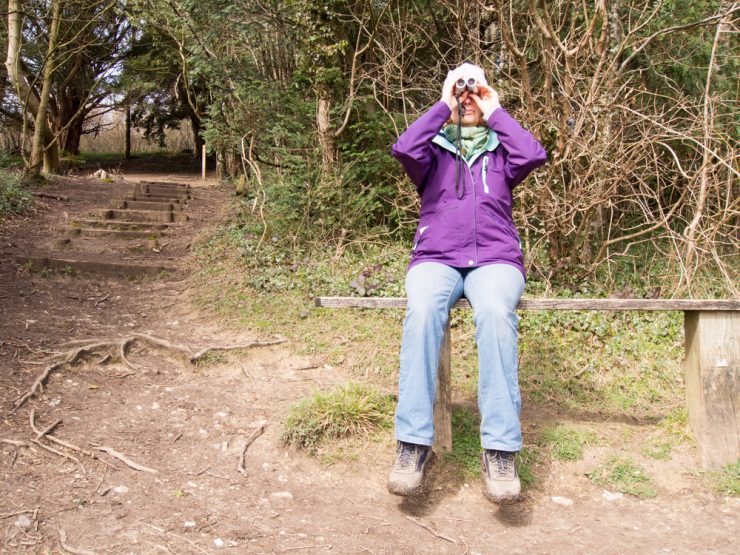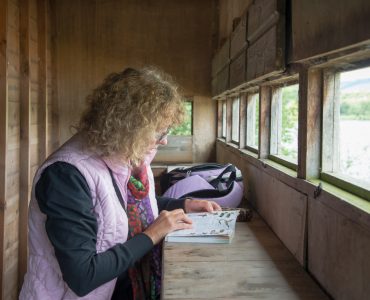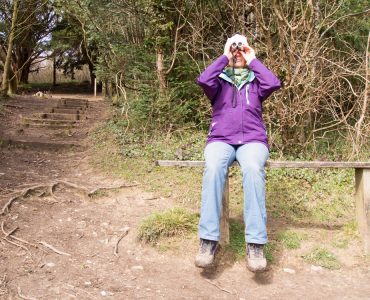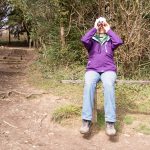The crested tit is a tiny bird, found only in the Caledonian forests in Scotland, and no other area in Britain. They are quite similar in appearance to the marsh tits and the willow tits. The bird has a large head in comparison to the rest of its body, and is a dirty white shade. The head is beautifully designed, with a black crescent like shape running along the entire upper portion of the head and continuing on behind the eyes as well. The back portion of the head has a black colour like colouring and a black bib as well.
The bird has a unique feature of a pointed crest, with a sprinkling of white and black shades. This design in related to only this size of birds found in the British region. The upper portions of the bird are a greyish brown in colour and the lower areas are whitish, with flanks coloured a buff. The bird’s bill is a black stick; and its legs are generally an olive grey shade. The young juveniles of this species are wholly brown in colour with the crest a little less pointy, and they do not have a black collar like shade on the back of the necks.
The bird is called by a scientific name of Lophophanes Cristatus, and can grow to lengths of 11.5 cm, weighing 10 to 13 grams. The wing span of the crested tit is about 17 to 20 cm in width, and the bird is found all year round in the region. The bird’s voice is a soft and comforting sound, coming out as a bubbly trill like sound. The repeated trill from the bird is what its song sounds like as well, making it a melodious bird. The crested tits are highly sedentary in nature, and they only move from one place to another when the juvenile has to be dispersed away from its birth area.
The feeding habits of the crested tits include a swift rummaging technique, foraging among the ground and low branches of trees, mainly in the pine forest of the Scotland, hunting for insects like spiders as well as looking for seeds from the pine. In gardens, they prefer feeding on bird tables than rummaging around for food. However, their getting to gardens, and out of Scotland for that matter, is a highly unlikely possibility.
The crested tit female birds are the ones that build the nests for their young, generally in a dug out hole in rotten wood, tree trunks, stumps and a half dead plant. The nest is a cup shaped structure made using lichen, moss, and the inside lining is made from wool, hair and held with spider’ web. Sometimes, they also fill up the nest box with saw dust and shaving from wood chunks. The breeding season for these birds starts from the month of April, with about 4 to 8 eggs and only 1 clutch. The incubation is handled by the female bird alone, and lasts about 13 to 16 days. The young bird has both its parents feeding it, and after their fledging period is completed, they become independent, not staying with their parents.









